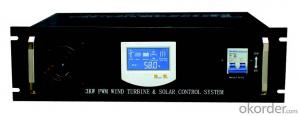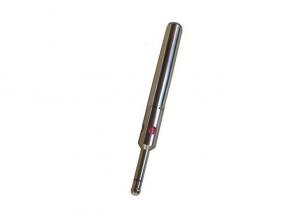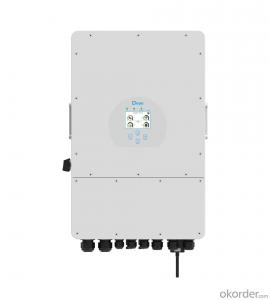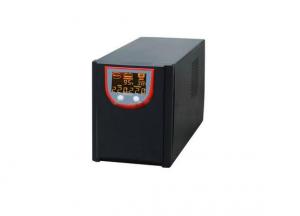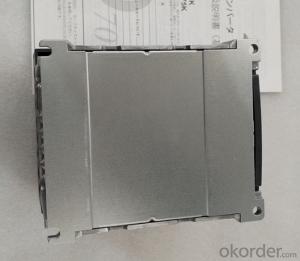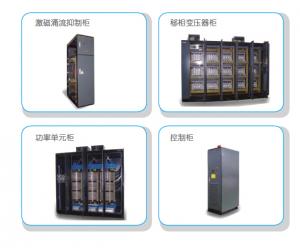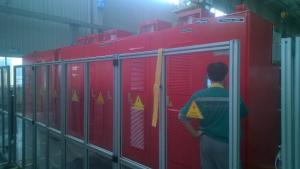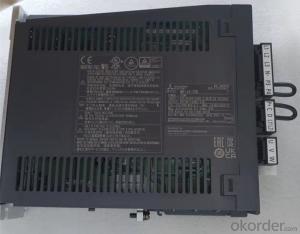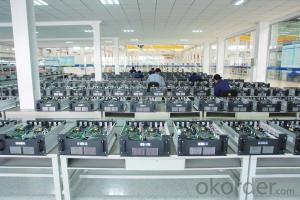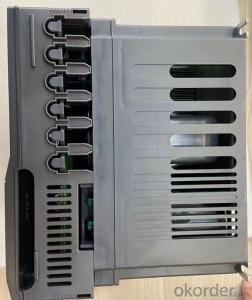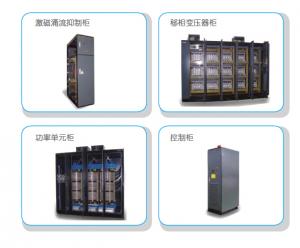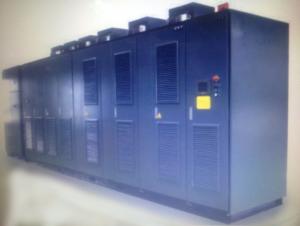Solar Edge Hybrid Inverter
Solar Edge Hybrid Inverter Related Searches
Solar Edge Inverter Solar Edge Solar Inverter Inverter Solar Edge Solar Edge Energy Hub Inverter Solar Hybrid Inverter Solar Edge Micro Inverter Solar Edge Hd Wave Inverter Buy Solar Edge Inverter Solar Inverter Hybrid Hybrid Solar Inverter Solar System Hybrid Inverter Inverter Solar Hybrid Hybrid Solar Power Inverter Solar Edge Inverter Specs Hybrid Solar Charger Inverter Solar Edge Inverter Efficiency Solar Panel Hybrid Inverter Solaredge Solar Inverter Solar Edge 3 Phase Inverter Inverter Hybrid Solar Solar Edge Inverter Uk Solar Edge Inverter Models Hybrid Inverter Solar Smart Hybrid Solar Inverter Solar Edge Inverter Wifi Solar Edge Inverter For Sale Solar Hybrid Inverter System Solar Edge Inverter Price Solar Edge Inverter Cost Hybrid Solar Inverter ChargerSolar Edge Hybrid Inverter Supplier & Manufacturer from China
Solar Edge Hybrid Inverter is a cutting-edge product that combines the functionalities of both a solar inverter and a battery inverter, providing an efficient and reliable solution for solar energy systems. This innovative technology allows for seamless integration of solar panels and energy storage, optimizing energy production and consumption while reducing energy costs for users.The Solar Edge Hybrid Inverter is widely used in residential and commercial solar energy systems, offering flexibility and adaptability to various energy needs. It is particularly beneficial in scenarios where energy storage is essential, such as during peak demand periods or in the event of grid outages. By managing both solar power generation and battery storage, the inverter ensures that the system operates at maximum efficiency, enhancing the overall performance and reliability of the solar energy setup.
Okorder.com is a leading wholesale supplier of Solar Edge Hybrid Inverters, boasting a large inventory of this advanced technology. As a reputable distributor, Okorder.com ensures that customers have access to high-quality products at competitive prices, making it easier for businesses and homeowners to invest in sustainable energy solutions. With a commitment to customer satisfaction and a focus on providing the latest in solar technology, Okorder.com is the ideal choice for those seeking to incorporate Solar Edge Hybrid Inverters into their energy systems.
Hot Products















